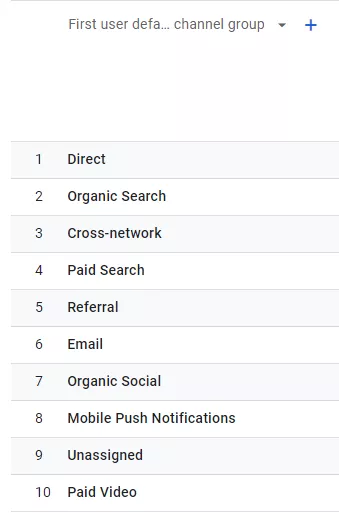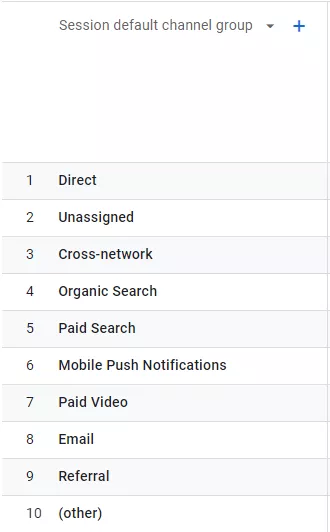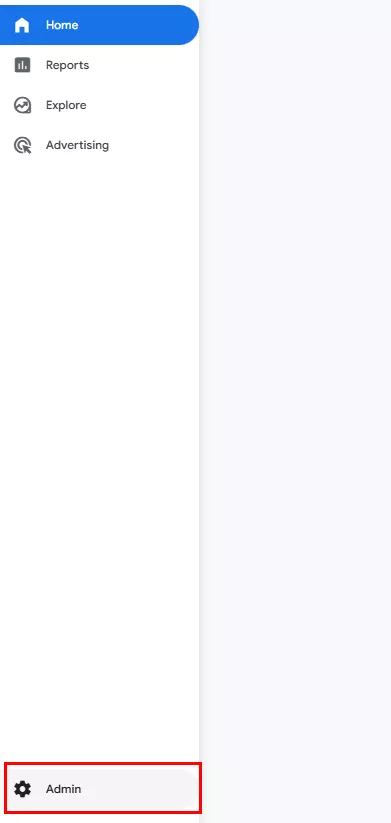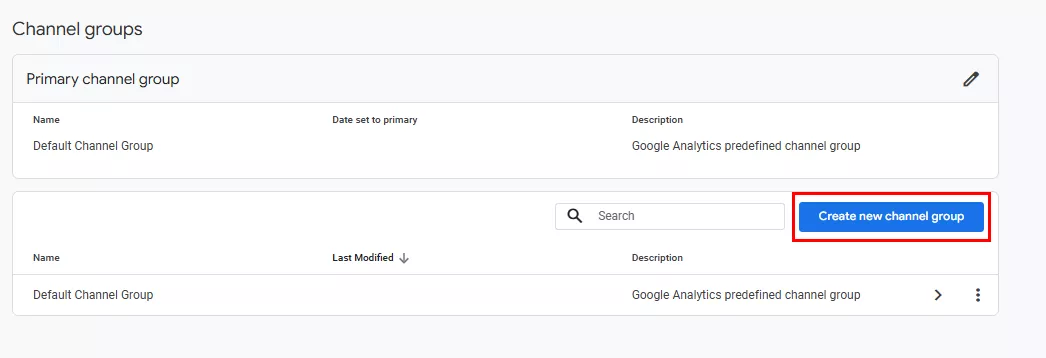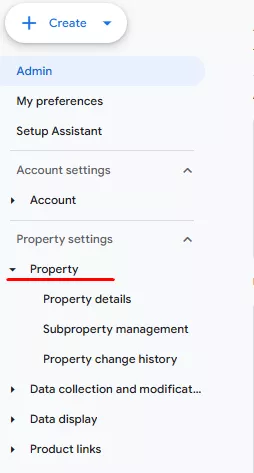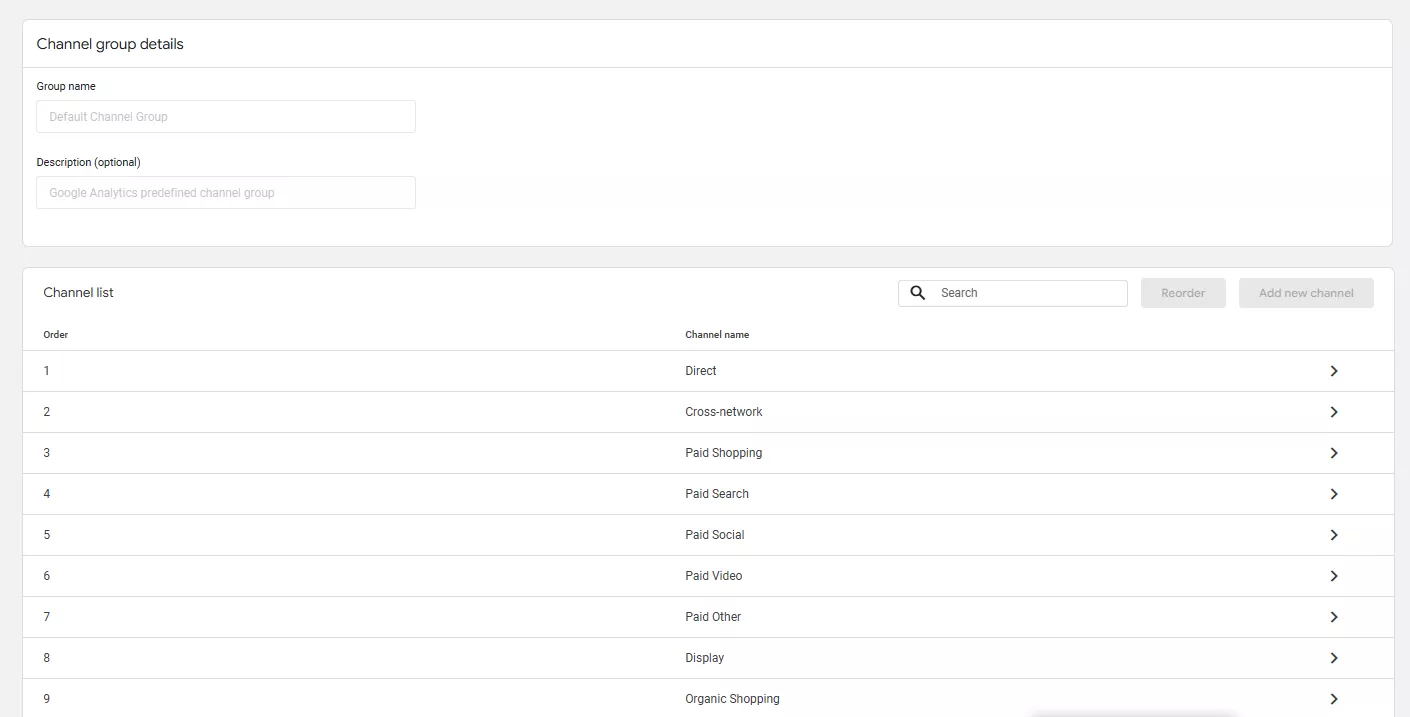Google Analytics 4 Traffic Channel Groups: A Comprehensive Guide
Even experienced specialists can struggle to understand traffic sources in Google Analytics 4 due to the new channel grouping system, revised report structure, and different metric logic. However, these changes have opened up new opportunities for in-depth analysis. Once you understand these tools, you can more accurately determine which channels are delivering results and which are simply taking up your budget without providing returns.
In this article, I will discuss how channel groups are organized in GA4, how to create your own traffic classification system, and which metrics to rely on when analyzing each channel.
- What are traffic channel groups?
- What types of traffic channel groups exist?
- Groups in Universal Analytics
- New groups in Google Analytics 4
- Custom channel groups in Google Analytics 4
- Channel group rules
- Metrics for analyzing data from groups
- How GA4 processes UTM tags
What are traffic channel groups?
Channel groups are groups of traffic sources that are organized according to specific rules. They allow you to track where users come from and the effectiveness of these traffic sources.
GA traffic channel groups classify sources according to specified rules and attributes. Channel groups allow you to categorize different types of traffic and understand where your visitors are coming from.
They are necessary for evaluating the effectiveness of marketing channels and making informed decisions about further website development.
Google Analytics 4 offers several default group types that allow you to analyze traffic based on user interaction context.
- The default channel group refers to the main channels through which users access the site or app and perform key actions.
- The session default channel group focuses on the channels that are used when a user begins a new session.
- The first user default channel group focuses on the channels a user initially uses to discover your site or app.
Note that the channel groups in Google Analytics 4 have a different structure and logic from those in the previous version, Universal Analytics.
Traffic channel groups
The set of channels may vary in different versions of Google Analytics. Below is a list of the default groups used in Universal Analytics.
Groups in Universal Analytics
These allow us to better understand where traffic is coming from.
- Organic search: visits from search engines such as Google, Bing, etc.
- Direct: visits where users arrive at the site directly by entering the URL in the browser address bar, clicking on bookmarks, or coming from offline sources.
- Paid search: clicks on ads from paid search advertising campaigns.
- Referral: visits from external links on other websites.
- Email: clicks on links from email newsletters.
- Social: traffic from social networks.
- Display: clicks on banners, graphic ads, and other display ad formats.
- Other: traffic that does not fall into any of the above categories and is not automatically classified by the system.
New groups in Google Analytics 4
GA4 provides more detailed traffic channel data that provides a deeper understanding of user behavior on the website. It has retained the main channels from Universal Analytics and added new categories.
Reports are now divided into two categories: user acquisition and traffic acquisition.
User acquisition
The user acquisition report focuses on analysis and metrics related to attracting new users.
The report displays the following:
- Sources and channels that brought new users
- Number of new users
- Number of new sessions
- Effectiveness of channels in attracting new audiences
Traffic acquisition
This report focuses on all traffic, including both new and existing users. The report includes:
- Sources and channels of all traffic
- Total sessions
- User engagement
- Interaction and behavior on the site and source.
This breakdown helps you determine which channels attract new users, and at the same time, you can focus on increasing repeat visits and engagement.
User acquisition channel group
User acquisition channel group
List of new groups in Google Analytics 4
The new traffic channel groups in GA4 categorize sources more accurately and allow for a deeper analysis of communication effectiveness.
Here is a list of the new channel groups:
- Cross-network. This includes traffic from advertising campaigns that cover multiple platforms at once, such as Performance Max or Smart Shopping. It allows you to evaluate the contribution of complex placements to overall user acquisition.
- Organic social. This includes traffic from free social media content. It helps you understand which platforms generate organic interest in your website.
- Paid social. This includes traffic from advertising campaigns on social media. It allows you to evaluate the effectiveness of paid promotion.
- Paid Video. It covers transitions from paid video campaigns on platforms such as YouTube.
- Organic Video. This group contains traffic from unpaid video content. It shows which video platforms bring organic visitors.
- Organic Shopping. This group includes transitions from organic search and product views in online stores.
- SMS. Visits via links from SMS newsletters or individual messages.
- Mobile Push Notifications. Traffic received from push notifications in mobile apps.
- Unassigned. Visits that could not be automatically classified, such as traffic from unknown or non-standard sources.
These new channels provide a more accurate picture of how users find and interact with your site.
In GA4, traffic can be grouped using the Primary Channel Group option, which simplifies the analysis of visit sources to your site or app.
The Primary Channel Group option is a subset of the Default Channel Grouping, which is automatically assigned to traffic based on source, medium, and other parameters.
You can use it for the following tasks:
- Simplify traffic source analysis.
- Compare the effectiveness of different channels.
- Automatically distribute data.
- Improve attribution and marketing analytics.
GA4 custom channel groups
With Google Analytics 4, you can create custom channel groups to classify and customize traffic according to your goals. This allows you to analyze sources more accurately, track channel effectiveness, and understand how different channels impact your business goals.
Custom groups are created by setting up traffic filtering and classification rules. You can use parameters such as source, URL tags, keywords, and other attributes. This enables you to create unique channels that accurately reflect your project's specifics. The best approach is to copy an existing group (default or previously created) and modify it as needed.
Advantages of using custom channel groups
Creating your own channel groups allows for more flexible analytics configuration and a better understanding of user behavior. Here are the main advantages of this approach:
- Accurate identification of traffic sources. You can highlight non-standard sources that aren't included in standard groups. For instance, you can create a separate category for traffic from specific partner sites or specific pages on social media.
- Detailed analysis and optimization. With custom groups, you can evaluate the effectiveness of each source in greater detail and find growth opportunities more quickly.
- Personalized approach. Customization makes reports more relevant for your business and convenient for decision-making.
Here is an example of when you might need to combine Google traffic into a single channel using custom channel groups. For instance, let's say your website receives traffic from various Google services. GA4 distributes it as follows:
- Google/referral: 300 sessions (referrals from Google News and Google Discover).
- Google.com/referral: 150 sessions (from various Google subdomains).
- Google/organic: 1,560 sessions (organic searches).
- Googleapis.com/referral: 50 sessions (referrals via Google API services).
To find out how many visitors come from Google, you need to combine the data using custom channel groups.
- Open Google Analytics 4 and click Admin.
- Go to Data Display and select Channel Groups.
- Click Create New Channel Group.
Then, create your own rules to classify traffic.
Channel group rules
Channel groups are formed based on predefined marketing traffic classification rules. These rules are applied in a specific order. As soon as a traffic source matches one of the conditions, it is assigned the corresponding label and further verification stops.
Follow these steps to find channel group rules.
- Open GA4 and select the desired property.
- Click Admin in the lower left corner.
- In the Data Display column, select Channel Groups.
A list of channel groups will open, including the Default Channel Group.
- Click on it to view the rules for distributing traffic across channels.
For example, the direct channel comes first in the list of rules. This means that GA4 will first check if the traffic belongs to this channel before moving on to the next rule.
In the Default Channel Group, the order of the rules cannot be changed because it is set by the system. However, the order of the rules in a custom channel group can be customized manually by dragging and dropping channels into the desired sequence.
Metrics for analyzing data from groups
When using Google Analytics 4 to analyze groups of traffic channels, you can use various metrics to measure channel effectiveness.
Let's take a closer look at each metric.
- New users is the number of unique new users who visited the website or app during the selected period.
- Engaged sessions refers to the number of sessions in which users interacted with the website or app.
- Engagement rate is the percentage of sessions in which user interaction was tracked.
- Engaged sessions per user is the average number of engaged sessions per user.
- Average engagement time is the average amount of time that a user actively interacts with the website or app during a single session.
- Event count is the total number of events recorded on a website or in an application. Each click, view, scroll, and other interaction is counted as a separate event.
- Conversions refer to the number of completed target actions.
- Total revenue is the amount generated by the website or app during the selected period.
- Users refer to the total number of unique users. This metric counts each user only once, regardless of the number of visits.
- Sessions refer to the total number of sessions completed by users during a specific period.
Read our SEO analytics guide to learn which metrics are important to track first, how they work, and why they are useful.
How does GA4 handle UTM tags?
Universal Analytics and Google Analytics 4 handle UTM tags differently, particularly with regard to case sensitivity and formatting requirements.
Let's look at an example.
In Universal Analytics, UTM tags were case sensitive.
- utm_source=Facebook and utm_source=facebook were considered different sources.
- utm_medium=Email and utm_medium=email were displayed as two separate channels.
In GA4, however, UTM tags are not case sensitive.
- utm_source=Facebook and utm_source=facebook are considered the same.
- The system automatically converts tag values to lowercase.
Correct UTM tagging is important in GA4. It determines how traffic is classified and which channel group it is assigned to.
An additional advantage of GA4 is the ability to create custom channel groups. These groups allow you to apply classification rules to both new and historical data. You can then correct previous UTM tagging errors and adjust analytics retrospectively without any loss.
If you're not sure how to properly structure UTM tags or channel grouping logic, consider turning to professional SEO services that can help configure everything in line with GA4 requirements and your business goals.
Conclusions
- GA4 channel groups are logically classified categories of traffic based on specific rules. The system offers standard groups and the ability to create custom ones.
- GA4 generates more detailed traffic channel data and offers a deeper understanding of user behavior on the site.
- In GA4, traffic can be grouped using the Primary Channel Group, which is a type of grouping that simplifies the analysis of visit sources for websites or applications.
- Channel-specific metrics provide a deeper understanding of user behavior and marketing effectiveness.
- Custom channel groups allow you to tailor your reporting to specific business goals, provided that the classification rules are set up correctly.
- In GA4, UTM tagging plays a key role in how traffic is classified and the channel group it falls into.
Recommended theme posts
Related Articles
How to Set Up Consent Mode in GA4 on Your Website with Google Tag Manager
Let's explore how to properly integrate consent mode in GA4, configure it for effective data collection, and at the same time comply with GDPR and other legal regulations
Display Advertising Effectiveness Analysis: A Comprehensive Approach to Measuring Its Impact
In this article, I will explain why you shouldn’t underestimate display advertising and how to analyze its impact using Google Analytics 4
Generative Engine Optimization: What Businesses Get From Ranking in SearchGPT
Companies that master SearchGPT SEO and generative engine optimization will capture high-intent traffic from users seeking direct, authoritative answers


